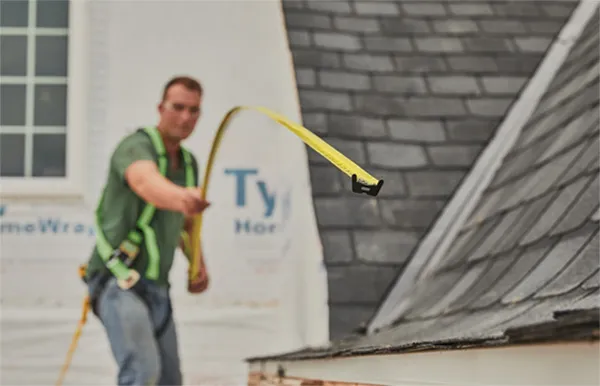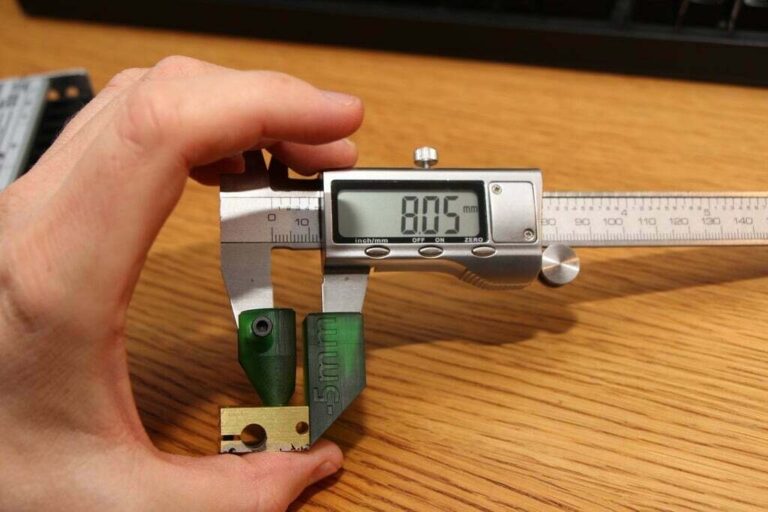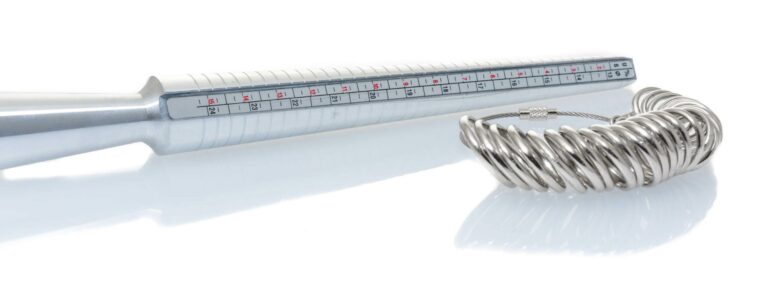Extending Measuring Tape
Extending Measuring Tape referred to as tape measures, are essential tools in a wide range of industries from construction to engineering to sewing, DIY home projects Although most people are familiar with tape measures key features Although consider tape extensions, especially designed for remote use, offer advanced features and flexibility many s, applications, It will go into detail about the benefits, as well as some maintenance tips to help you get the most out of of these versatile tools
Anatomy of an extended measuring tape
Like the original counterpart with the expanded calibration bar, there are several key features.
Tape: A tape is a stretch of metal, plastic, or fabric for measuring distance. The blade is usually marked with metric and imperial measurements, both of which are included in modern versions. Typically, they come with reinforced packaging to prevent prolonged expansion or tearing, especially when used over long distances.
Housing (case): The housing consists of an outer shell with a coiled strap. Extending the measurement, the housing is typically made of ABS plastic, rubber, steel and other durable materials to withstand everyday use in harsh environments
Hook end piece: The hook at the end of the strip allows the user to wrap the pages, making it easier to measure accurately. In some cases, this wire can be magnetic or double-sided for greater accuracy.
Locking mechanism: This feature allows the user to lock the strap to a specific length without handling it. High-quality extended gauges usually have a strong and reliable locking mechanism, ensuring that the blade does not bounce back easily.
Crank or handle (for tall trees): These extended measurements that cover distances, such as 50 feet or more, usually come with a crank or handle that allows the user to manually pull the tree quicker, which he has used up.
Expanded range of measurements
There are a variety of tape measures and widths designed for different needs. These can be classified on the basis of length, material and use.
Standard Pocket Tape Measures: These are compact strips, typically around 25 feet wide, and are widely used in DIY projects, woodworking, and construction They are made of soft steel and an unparalleled toughness it will fit in a pocket and come.
Surveyor’s tape: Used in areas such as construction, surveying and roadworks, this tape is usually 100 feet or more. The blade is usually made of fiberglass or steel and has a retractable handle or crank.
Fabric or fabric measuring tape: Often used in sewing, tailoring, and apparel design, this flexible fabric tape can stretch to 10 feet or more and is designed to measure lines and patterns
Laser Tape Measurement: Although technically not an “extension” tape, laser measuring devices are gaining popularity as a high-tech alternative. These devices use laser technology to measure distances of hundreds of feet with great accuracy. Although more expensive than traditional cassette tapes, they offer a digital alternative to far-reaching measurements.
Applications of width measurements
Measurement lines have been extended and find applications in different areas. Its versatility makes it indispensable for many tasks and daily activities. Here are some key areas that are commonly used.
Construction and carpentry: Builders and carpenters often use measuring tapes for measuring distances, checking heights, ensuring accuracy when building walls, floors and other structures and the stretched needle is especially useful if on larger construction projects the distances must be measured.
Landscaping and landscaping: Surveyors measure lot sizes, define property boundaries, and record distances between buildings using special extended measuring tapes, often using long-extendable fiberglass blades and complex enough to handle outsiders.
Tailoring and Fashion Design: Cloth or fabric measuring tapes are used to degree body dimensions, fabric, and styles inside the fashion enterprise. Their flexibility and softness permit for precise measurements of abnormal shapes and curves, important for custom tailoring.
Engineering and Architecture: In the arena of engineering and architecture, extending measuring tapes are used to verify dimensions and layout plans. Their accuracy is important in making sure that construction blueprints are accompanied successfully.
Sports and Events: In sports like tune and field activities, an extending measuring tape can be used to measure throwing distances or area dimensions. Its portability and capacity to increase over lengthy distances make it perfect for out of doors occasions.
Home Improvement and DIY Projects: Whether putting pictures, measuring rooms for brand spanking new fixtures, or putting in shelving, extending measuring tapes are a move-to tool for owners and hobbyists alike.
Advantages of Extending Measuring Tapes
Extending measuring tapes offer numerous benefits over widespread measuring gear. Here’s why they stand out:
Accuracy and versatility: The measurement bandwidth allows for precise measurement, making it incredibly valuable for commercial work. The ability to measure distances without sacrificing accuracy is a significant advantage in both commercial and DIY situations.
Portability: Despite being able to extend far and wide, most extended measuring devices are small enough to easily be carried in a tool belt or pocket. This makes them a handy tool to have on hand on a construction site or home.
Durability: High extended measurement is designed to withstand harsh environmental conditions.It is constructed of fiberglass, stainless steel and ABS plastic to withstand extreme temperatures, moisture and mechanical stresses, making it suitable for outdoor use
Ease of Use: Most extended calibration bars are equipped with a convenient puller, allowing users to pull the trigger and pull without trouble. The inclusion further simplifies the process, and ensures calibration stability and accuracy.
Low cost: Compared to digital or laser measuring devices, measuring line widths are relatively economical but provide reliable performance for most measuring tasks
Tips for managing your extended measurements
Here are some tips to keep your hammer in good working order:
Clean the blade regularly: Dirt and grime can accumulate on the blade, affecting its proper expansion and traction. Wipe down with a damp cloth after each use, especially if in use.
Avoid bending the tape back: Letting the tape slide too quickly can damage the blade and the locking mechanism. Instead, gently slide the tape backwards to avoid damage.
Lubricate moving parts: The inner spring and lock may sometimes need to be lubricated, especially after prolonged use. Small amounts of fat make the system more efficient.
Proper storage: Always store your gauges in a dry place to prevent rust and corrosion, especially if your tape has metal parts. It can also be protected from physical damage by storing it in a toolbox or drawer.
Check for wear: Check your bandage regularly for signs of wear such as breakage or wear or tear. Replace tape as needed to maintain consistency.







